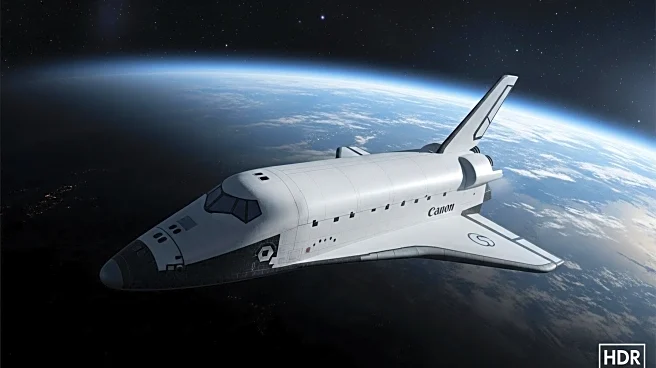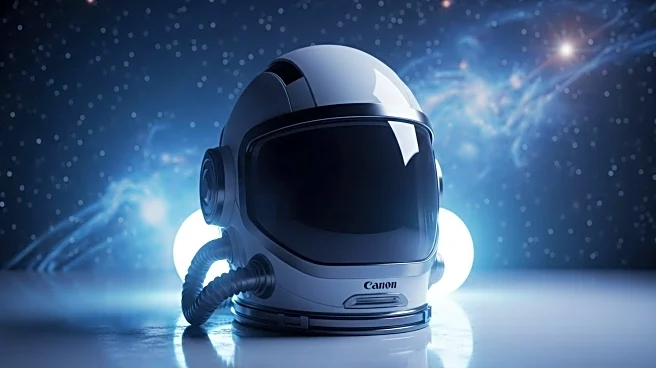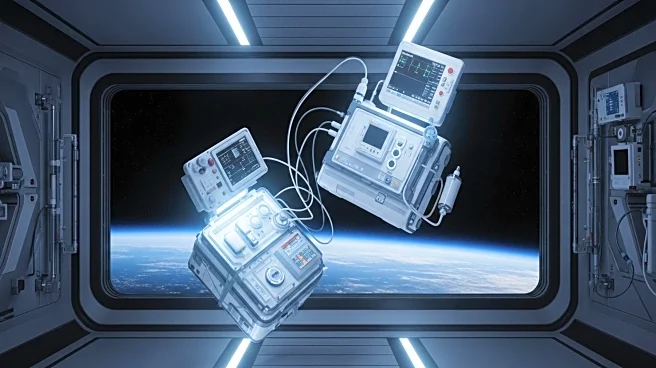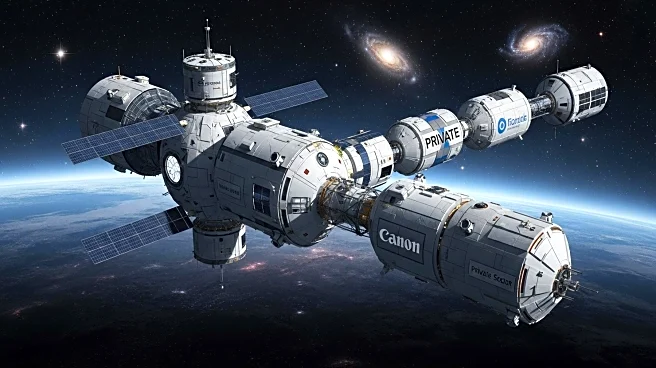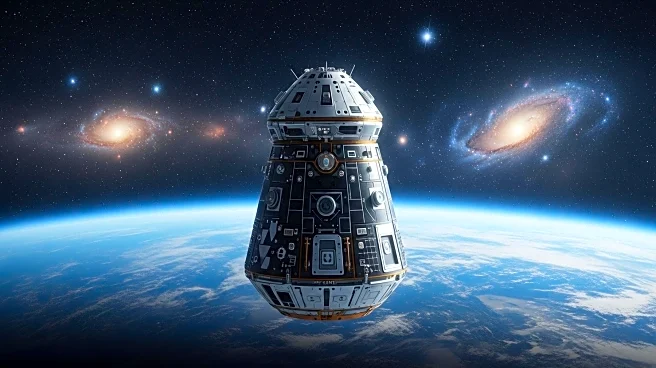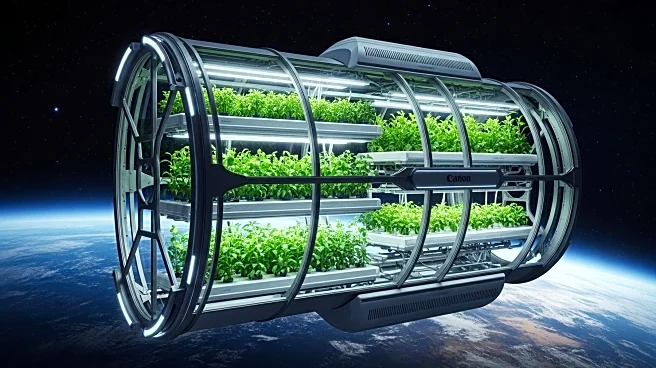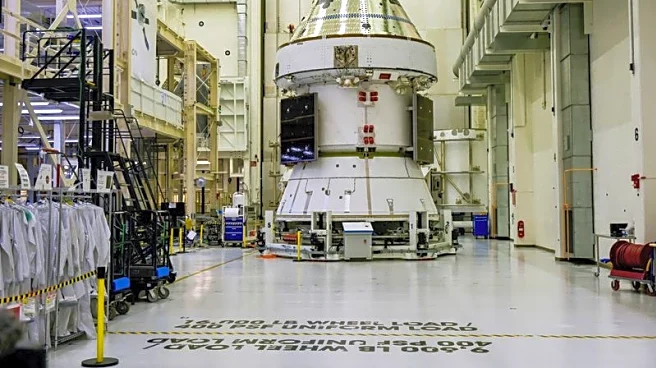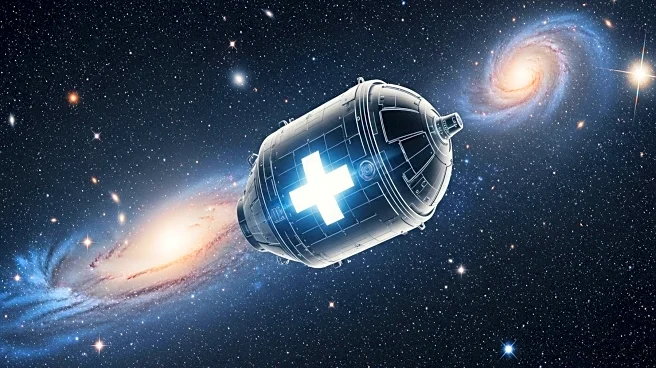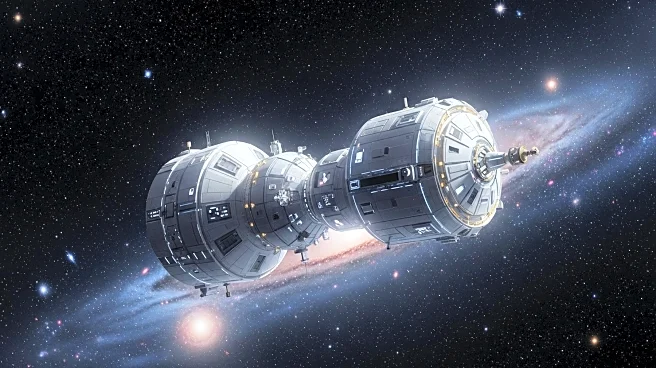What's Happening?
NASA and SpaceX have halted an attempt to reboost the International Space Station (ISS) using SpaceX's Dragon spacecraft. The reboost was intended to last 19 minutes and 22 seconds, but was manually aborted at 3 minutes and 45 seconds due to a failure in swapping the Draco thruster fuel tanks. This decision was made to conserve propellant. The reboost is crucial as the ISS's orbit naturally decays over time, and options for boosting it have diminished since the retirement of the Space Shuttles and the end of the European Space Agency's ATV program. Currently, Roscosmos's Progress spacecraft and Northrop Grumman's Cygnus vehicle are used for limited reboosts. The Dragon spacecraft's reboost kit offers an additional method for maintaining the ISS's altitude.
Why It's Important?
The ability to maintain the ISS's orbit is critical for its continued operation and the safety of its crew. The reboost attempt highlights the challenges faced by NASA in sustaining the ISS's orbit with limited resources. The success of such missions is vital for the longevity of the ISS, which serves as a hub for international scientific research and collaboration. The failure to complete the reboost could impact future missions and the station's operational schedule. Additionally, the incident underscores the importance of developing reliable and efficient methods for orbital maintenance, which is crucial for the sustainability of long-term space missions.
What's Next?
NASA and SpaceX plan to attempt the reboost again, with the team hoping to address the technical issues encountered. The success of future reboost attempts will depend on resolving the fuel tank swap problem and ensuring the reliability of the Dragon spacecraft's systems. Continued collaboration between NASA and commercial partners like SpaceX is essential for overcoming these challenges and ensuring the ISS remains a viable platform for scientific research.

